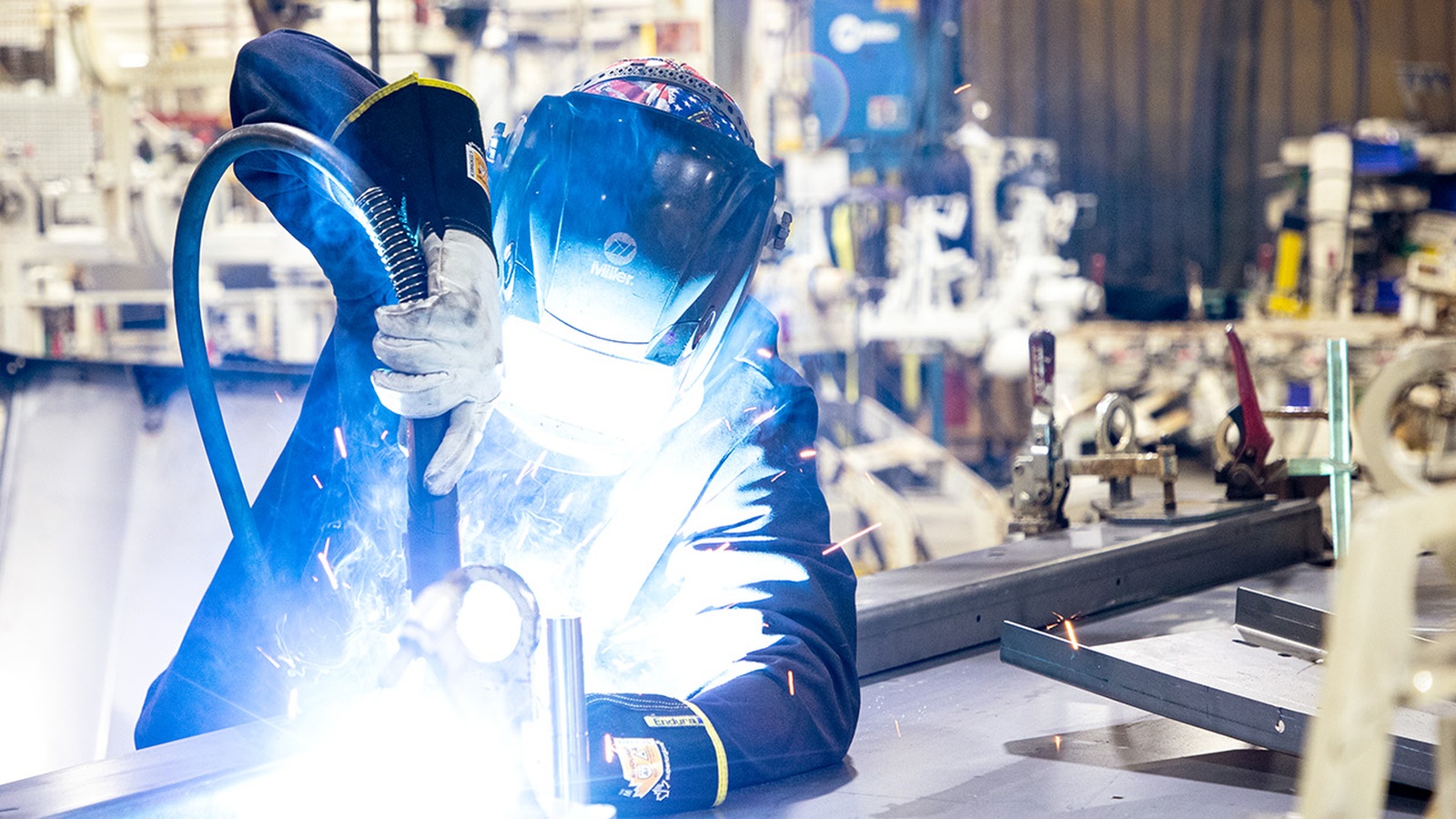Vermeer Corporation Speaks Out on R&D Tax Policy

This story can also be found within the NAM’s R&D action center.
After a tax law change went into effect in 2022, manufacturers across the country found themselves facing new obstacles to investment in research and development. For Vermeer Corporation—a manufacturer of industrial and agricultural equipment based in Pella, Iowa—the change is causing real concern.
The background: Until the beginning of this year, businesses could deduct 100% of their R&D expenses in the same year they incurred the expenses. Starting in 2022, however, a change in the tax law required businesses to spread deductions over a five-year timeframe. That change is making investment more expensive and preventing some companies from putting their resources into critical innovation.
Constant innovation: As a company that makes a variety of diverse products for fields like agriculture, mining, utility construction, forestry and renewable energy, Vermeer is always working at the cutting-edge of new technology, and that requires significant investment in R&D.
- “Vermeer designs and builds specialized equipment—and it has to be innovative,” said Vermeer Corp. Senior Director of International Business Development and Government Affairs Daryl Bouwkamp. “We have to push that leading edge constantly. The history of Vermeer is a history of invention and innovation.”
Vital competition: According to Vermeer, R&D is also vital to the ability of manufacturers in the United States to compete with foreign companies.
- “We’re not the only company that’s innovating around the world,” said Vermeer Vice President of Finance Ryan Agre. “There’s pressure from companies in countries that are producing products like ours.”
Immediate impact: The new tax law has already had a serious effect, according to Agre.
- “It’s a material, meaningful impact,” said Agre. “It’s millions in additional tax that we will incur at Vermeer just next year—and that’s the one-year impact, so it’ll be even more significant over a five-year implementation period. We’re actively having to harvest cash elsewhere to offset this impending change.”
Pushing back on China: The U.S. tax law change also stands in stark contrast with policies from countries like China, according to Vermeer.
- “When you look at the generosity of foreign support, especially China’s, versus the United States, it’s so lopsided,” said Bouwkamp. “China is trying to drive behavior toward R&D—and that’s something we’re lacking.”
The big picture: Agre also noted that making R&D more expensive can make companies like Vermeer risk-averse—more likely to direct the investments they do make toward smaller or more incremental innovations, and less willing or able to invest in the kind of ambitious research that can offer truly transformative results.
- “We don’t know what we haven’t discovered yet,” said Agre. “We have a history of being innovative in new spaces, and that requires individuals to have funding and freedom of thought to go out and experiment. When you’re trying to create something that doesn’t exist today, you’re going to hit some home runs—but you’re also going to strike out a bit. When you need more certainty, you start cutting out uncertainty and making fewer investments in big ideas. That impacts not just Vermeer but the whole economy.”
